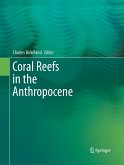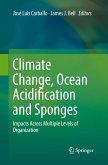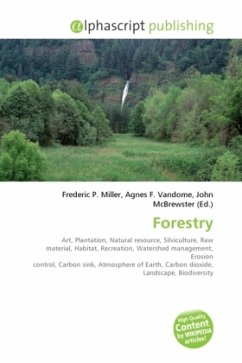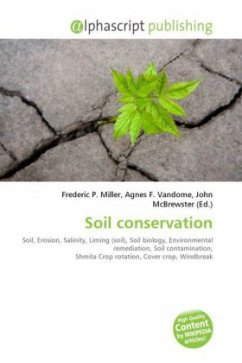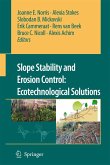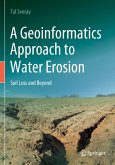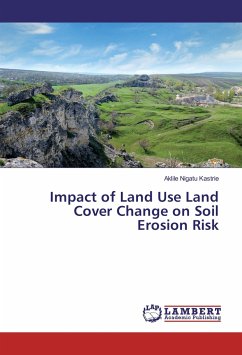Bioerosion describes the erosion of hard ocean substrates and less often terrestrial substrates by living organisms. Marine bioerosion can be caused by mollusks, polychaete worms, phoronids, sponges, crustaceans, echinoids, and fish; it can occur on coastlines, on coral reefs, and on ships; its mechanisms include biotic boring, drilling, rasping, and scraping. On dry land, bioerosion is typically performed by pioneer plants or plant-like organisms such as lichen, and mostly chemical (e.g. by acidic secretions on limestone) or mechanical (e.g. by roots growing into cracks) in nature. Bioerosion of coral reefs generates the fine and white coral sand characteristic of tropical islands. The coral is converted to sand by internal bioeroders such as algae, fungi, bacteria (microborers) and sponges (Clionaidae), bivalves (including Lithophaga), sipunculans, polychaetes and phoronids, generating extremely fine sediment with diameters of 10 to 100 micrometres. External bioeroders include sea urchins (such as Diadema) and chitons.
Bitte wählen Sie Ihr Anliegen aus.
Rechnungen
Retourenschein anfordern
Bestellstatus
Storno


